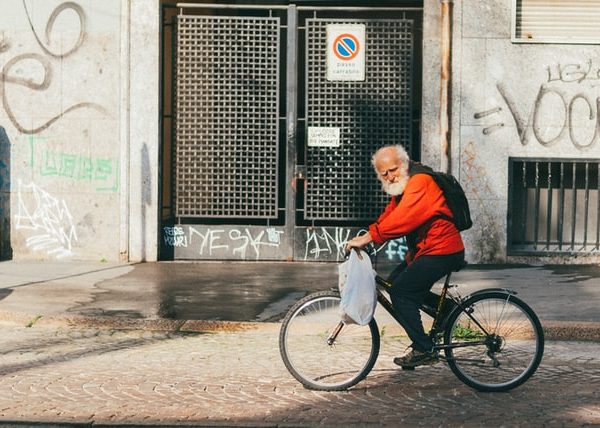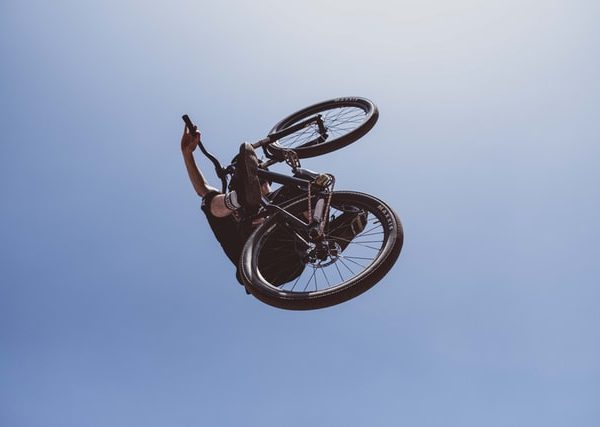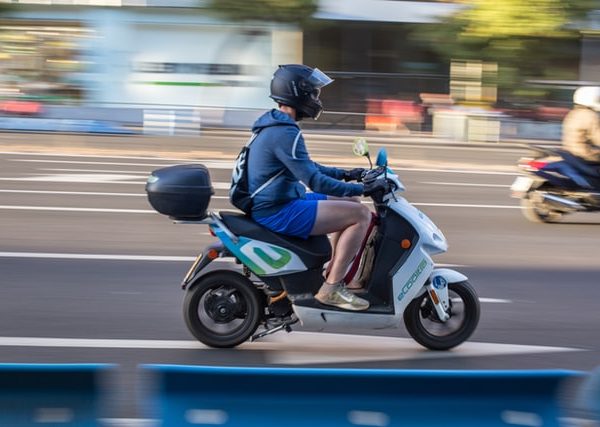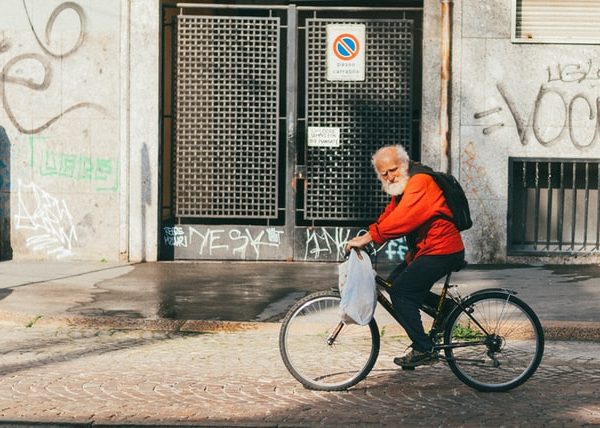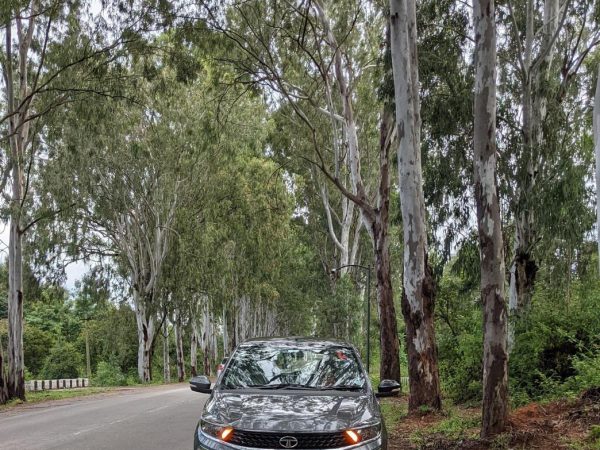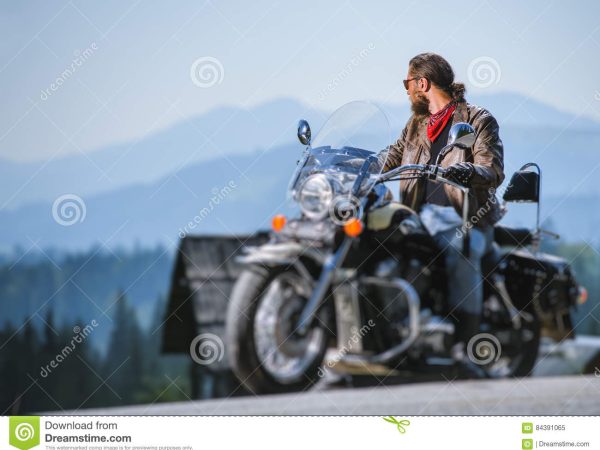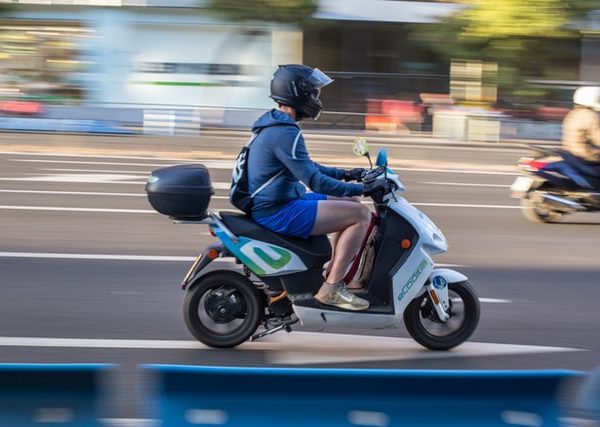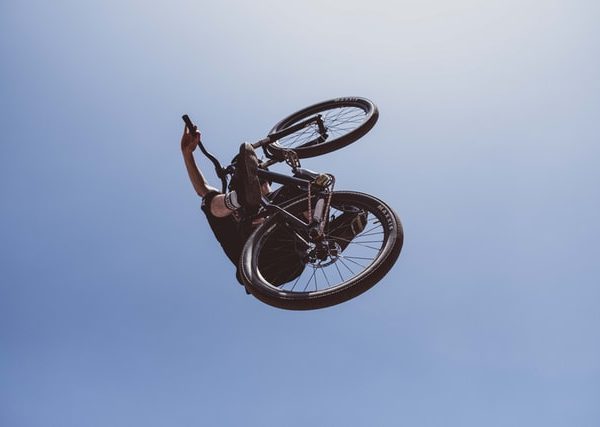Educational cycling for children – bikerbuys.com
Table of Contents
- Introduction
- Education through cycling
- Attitudes and values that cycling could provide
- The bicycle as health
Introduction
Today, every child, for any circumstance in life (good behavior, acceptable grades as a schoolboy, a gift from Kings.) is going to receive a bicycle, and with it, as with any other instrument that stumbles in his life, he must begin to educate. The bicycle has to be understood as a means that contributes to the integral formation of the child.
The fact that sport is not an educational product in its origin, means that its introduction into school is sometimes made as a mimicry of adult sport, and even more so of elite sport and spectacle sport, and that they prevail in the more strictly sporting objectives than educational ones. School sports must give priority to recreational aspects and not to competitive aspects, the Order of April 6, 2006, which regulates the Organization and Operation of Public Educational Centers, reflects this.
The situation is aggravated, in part, because sports professionals (instructors, coaches, etc.), who have also broken into school, have traditionally been trained in the absence of any pedagogical preparation and seek above all in school sports the performance and competition.
It is not, then, about educating for sport, as if this were the crowning glory of physical education, but about educating through sport. Furthermore, there is no opposition between sport and physical education, since sporting activity is considered an educational system, whether it is physical training or simply recreation (Lizella, 1959).
It is true that lately there is a whole movement towards “educational sport” that clearly distinguishes it from “competitive sport”; it is necessary to create a sport for the child, a sport for the child, that is, a sport for the acquisition and development of motor skills that differs from the simple sport of “performance” (Miranda, 1973). Indeed, it is not a question of eliminating sport in education but of not contradicting, by its methods, the aims of it.
Education through cycling
Different areas
Cycling introduced in school can have many educational intentions or purposes that will favor the overall development of the child, contributing to aspects such as motor skills, affectivity, and cognitive development.
Motor scope
Cycling can improve basic aspects of motor development: endurance, speed, coordination, balance, agility In addition, cycling is based on three skills:
Balance: Correct use of our support points on the bike: feet, hands and buttocks.
Propulsion: You have to know when to pedal, when to brake, when to accelerate, when to let go.
Driving: We must master the bicycle to handle and steer it.
Cognitive domain
Although cycling is a cyclical and repetitive activity, it takes place in a changing environment, which causes the need for the practitioner to adapt their motor patterns to the environment. Thus, the decisional component is very important to adapt to different situations or environments. As in other sports, both the number of decisions, the decision time, the number of alternatives to the answer … They will influence the intellectual development of the child.
Affective-social sphere
Values such as companionship, respect, tolerance, a spirit of sacrifice, solidarity … They will always be present and are a key element to prepare the student for the different situations that they will have to assume in real life, even outside the scope. Sports in this way, this area is of vital importance.
On the other hand, the relationship between the student and the instructor, as well as the different relationships that will be established between the students, are another educational element to take into account.
Attitudes and values that cycling could provide
The bicycle as a means of transport
The bicycle has traditionally been understood as a means of transport and in this area it includes many possibilities: from moving around a big city or a quiet town to doing it through the natural environment. It is currently the most used means of transport on the planet (in China it is the vehicle of more than 80 million people), although in other countries such as, for example, Spain the bicycle is not consolidated as the main means of transport. The use of the bicycle as a means of transport is not in line with the development or under development of a country, thus, for example in Northern Europe the bicycle is the main means of transport, while in other less developed countries the bicycle becomes the main means of transport, mainly for economic reasons. Its use is explained by cultural reasons.
It would be interesting from the educational field to convey to students the importance of “urban cycling” as a model that creates relationships between the kindest citizens. It is a way to reduce air pollution and traffic jams while maintaining a certain level of physical activity in those who practice it. Furthermore, it has been found that in congested cities and for distances of up to 5-7 km, the bike is the fastest means of transport.
Ivan Illich in 1971 proposed the following statement “the bicycle is the most economical land vehicle in the world, since it consumes the least energy in relation to the distance traveled”.
“Road education”, like the other cross-cutting themes, is introduced into the educational system in such a way that it is integrated in a global way in the objectives and contents of all the areas established by the Spanish Educational System.
The bicycle as a means of knowing the space and of one’s own capacity and responsibility
With the bicycle we can access areas such as forests, fauna, and culturally significant buildings. It is about the student being able to integrate into society and nature when and while using the bike.

It is also an inexhaustible source of self-esteem when checking the routes that we are progressively capable of taking.
It is very important when traveling through sensitive areas of ecological and cultural deterioration, that students assume that the impact of our passage always exists, and therefore it must be minimized by following the following recommendations: circulate through the places enabled for it, respect the fauna and flora, not leaving residues, controlling the noise pollution that we produce (when we circulate in large groups).
Some cross-cutting themes could bring numerous attitudes such as respect for nature. Becoming aware of the actions of the human being that are degrading natural environments and adopting a critical stance towards these aspects will provide attitudes and values that must be developed in all students.
The bicycle as a right to freedom
Legislators and politicians should increase the possibility of cycling. The creation of alternative routes, safe lanes, parking for bicycles in public and private places … These would be aspects that should be dealt with in more depth to benefit society. Access with less handicapped bicycles should be allowed.
The bicycle as competition
Will sacrifice cooperation, the ability to accept reality, knowing how to win or lose, and importance of participation. They would be elements of transfer from competition to education. Cycling is a sport that shows in all its greatness the effort that success costs in some of the areas of life, and the hard work of teamwork or hierarchical scope. It is a competitive activity, where you compete 150 days a year for 6 hours, and where 200 runners face each other and only one wins.
Highlight the delicate subject of competition at an early age. Boys who practice children’s cycling are often saturated or abandon the sport. They drop out because they receive many external pressures at a very young age. The role of parents, family members and coaches is essential in these cases.
It is the mission and function of educators, leaders and parents to transmit to children and young people, future adults the habit of enjoying and having fun doing sports and not being a cause of abandonment. Parents or educators, with the best of intentions, are often the source of failure, stress and abandonment of their children’s sports (Ruffed, 2000).
Sometimes it is not easy to grow up, go to class and practice a sport like cycling. These are three activities that require time and it is often advisable to put the training sessions aside in order to successfully achieve the other two goals, and later spend more time cycling.
The objective of the parents should be that the child reaches a satisfactory adult life and if he also practices a sport, well, much better.
In lower categories in all competitions there must be fairness. Every participant must have a reasonable chance of winning, which would imply organizing different categories or groups.
Being the winner does not always mean arriving first, but on many occasions, achieving better oneself and having made an effort correctly and appropriately is more than enough.
The bicycle as health
Cycling is a practice that will cause healthy lifestyle habits while raising children’s self-esteem, their ability to communicate and their curiosity to learn from the mechanical behaviors of the vehicle, to its vital environment. Due to the changes that are taking place especially in the more developed countries, the psychomotor development of children is increasingly delayed (due to obesity). Hence, the importance of transmitting cycling and other sports as a recreational disciplines that motivates children in sports.
The practice of cycling, supposes many benefits for health, such as joint improvement, reinforcement of the immune system, increased respiratory capacity.
The Bicycle is a medicine on two wheels, although it is yet to be discovered in Spain. It is clinically proven to be one of the most comprehensive and universal activities to prevent back pain, protect joints, and improve the circulatory and immune system.


